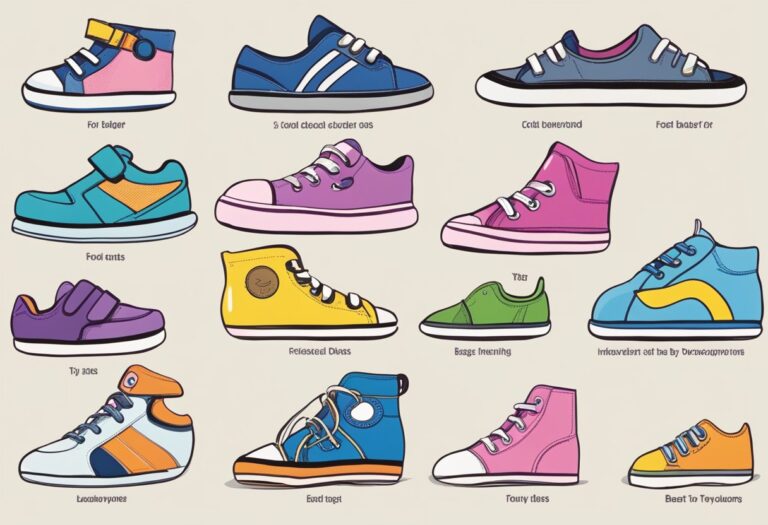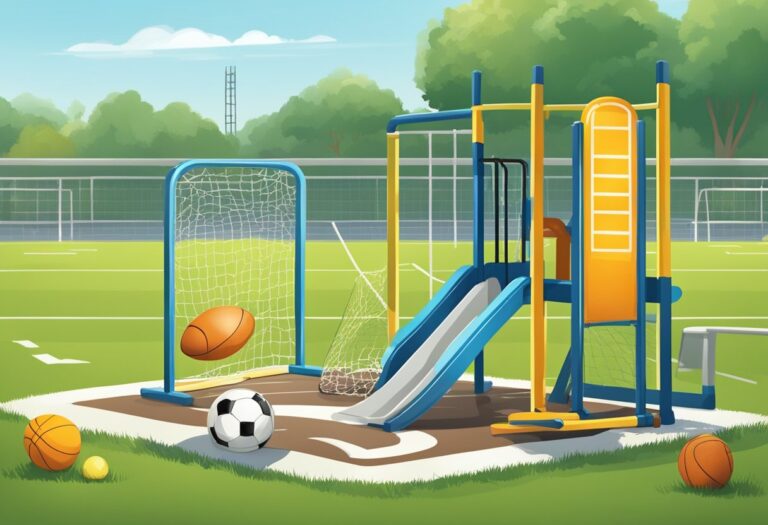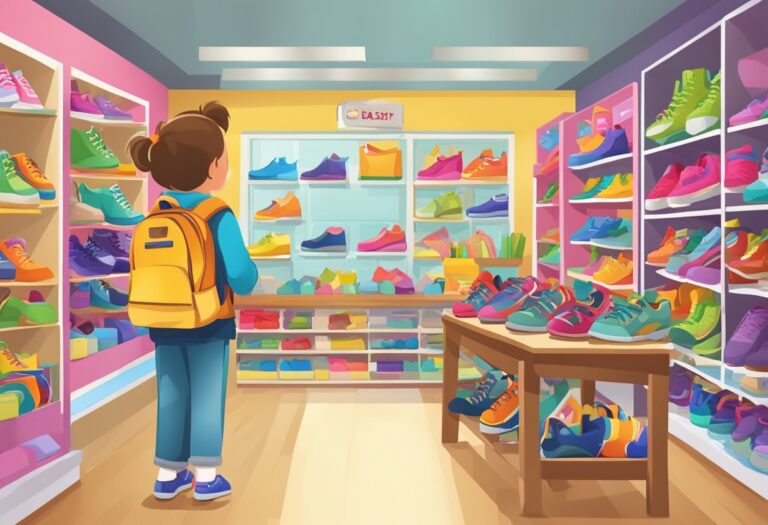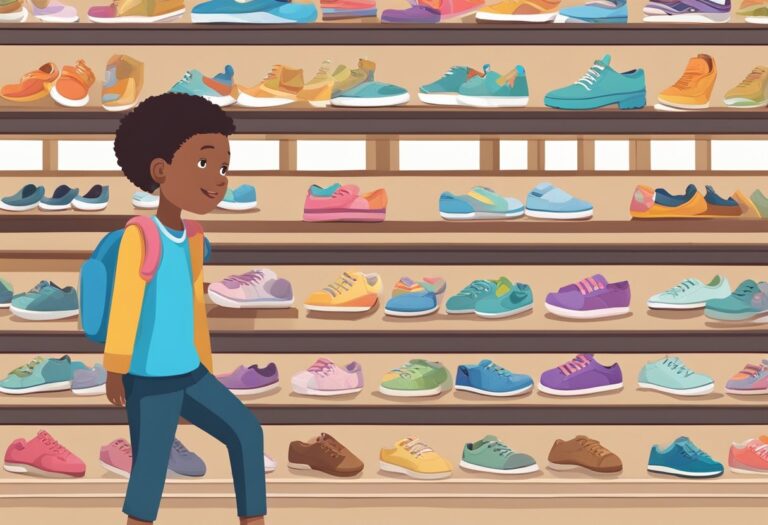How to Care for Kids’ Shoes: Tips for Cleaning and Maintenance
How to Care for Kids’ Shoes: Tips for Cleaning and Maintenance
Kids’ shoes can take a beating, with all the running, jumping, and playing they do. However, proper care and maintenance can help extend the life of their shoes and save you money in the long run. In this article, you will find tips on how to clean and maintain your kids’ shoes, so they can continue to look and feel great.

Cleaning kids’ shoes can be a daunting task, especially if they are covered in dirt, mud, or other stains. However, with the right tools and techniques, it can be a breeze. From scrubbing the soles to removing scuff marks, this article will provide you with step-by-step instructions on how to effectively clean your kids’ shoes without damaging them.
In addition to cleaning, proper maintenance is also important for kids’ shoes. This includes storing them properly, protecting them from the elements, and knowing when it’s time to replace them. By following these tips, you can help ensure that your kids’ shoes last as long as possible and continue to provide the support and comfort they need.
Understanding Kids’ Shoe Materials

Leather and Suede Care
Leather and suede are popular materials for kids’ shoes due to their durability and style. To keep leather shoes looking their best, wipe them down with a damp cloth and use a leather conditioner to prevent cracking. For suede shoes, use a suede brush to remove dirt and stains, and avoid getting them wet as water can damage the material.
Synthetic Materials
Synthetic materials, such as rubber and plastic, are often used in kids’ shoes for their water-resistant properties and affordability. To clean these shoes, simply wipe them down with a damp cloth and mild soap. Avoid using harsh chemicals as they can damage the material.
Textiles and Fabrics
Textiles and fabrics, such as canvas and mesh, are breathable and lightweight options for kids’ shoes. To clean these shoes, remove any loose dirt or debris with a soft-bristled brush and use a mild detergent to spot clean any stains. Avoid using bleach or harsh chemicals as they can cause discoloration and damage to the material.
By understanding the materials used in kids’ shoes and how to properly care for them, parents can help extend the life of their children’s footwear while keeping them looking great.
Routine Cleaning Steps

Surface Dirt Removal
The first step in caring for kids’ shoes is to remove any surface dirt. This can be done using a soft-bristled brush or a damp cloth. Gently brush or wipe away any dirt or debris from the shoes. For stubborn stains, a mild soap solution can be used.
Deep Cleaning Techniques
If the shoes are particularly dirty or have stains that won’t come out with surface cleaning, deep cleaning techniques may be necessary. This can include using a specialized shoe cleaner or a mixture of water and vinegar. Be sure to follow any instructions provided by the manufacturer of the cleaner or the shoes themselves.
Drying and Airing Out
After cleaning, it’s important to properly dry and air out the shoes. This can be done by stuffing the shoes with newspaper or a towel and allowing them to air dry in a well-ventilated area. Avoid using direct heat sources such as a hairdryer or radiator, as this can damage the shoes.
By following these routine cleaning steps, parents can help extend the life of their children’s shoes and keep them looking like new.
Stain Removal Strategies

Organic Stains
Organic stains on kids’ shoes can be caused by a variety of sources, including grass, mud, and food. To remove organic stains, follow these simple steps:
- Remove any excess dirt or debris from the shoe with a soft-bristled brush or cloth.
- Mix a solution of equal parts water and white vinegar.
- Dip a clean cloth into the solution and gently rub the stain in a circular motion.
- Rinse the shoe with clean water and allow it to air dry.
Inorganic and Grease Stains
Inorganic and grease stains on kids’ shoes can be more difficult to remove than organic stains. These types of stains are often caused by oil, ink, or paint. To remove inorganic and grease stains, follow these steps:
- Blot the stain with a clean cloth to remove any excess liquid or debris.
- Use a clean cloth to apply a small amount of rubbing alcohol to the stain.
- Gently rub the stain in a circular motion until it begins to lift.
- Rinse the shoe with clean water and allow it to air dry.
Stubborn Stain Treatments
For stubborn stains that won’t come out with traditional cleaning methods, there are a few additional treatments that can be used.
- Baking soda and water: Mix a paste of baking soda and water and apply it to the stain. Let it sit for 15 minutes before rinsing with clean water.
- Hydrogen peroxide: Apply a small amount of hydrogen peroxide to the stain and let it sit for 10 minutes before rinsing with clean water.
- Toothpaste: Apply a small amount of toothpaste to the stain and let it sit for 5 minutes before rinsing with clean water.
By following these stain removal strategies, parents can keep their kids’ shoes looking clean and new for longer periods of time.
Shoe Storage and Organization

Proper Storage Solutions
Proper storage of kids’ shoes is essential for maintaining their quality and longevity. Here are some tips for storing your child’s shoes:
- Store shoes in a cool, dry place away from direct sunlight. Sunlight can cause the colors to fade and the materials to deteriorate.
- Use shoe trees or stuff the shoes with tissue paper to help them maintain their shape.
- Avoid storing shoes in plastic bags or containers as this can cause the shoes to become musty and moldy. Instead, use breathable shoe bags or boxes.
- Keep shoes organized by storing them in pairs and labeling the boxes or bags. This will make it easier to find the shoes you need and prevent mismatched pairs.
Preventing Odor and Mold
Kids’ shoes can quickly develop unpleasant odors and mold if not stored properly. Here are some tips for preventing odor and mold:
- Allow shoes to air out after each use by leaving them in a well-ventilated area. Avoid storing damp or wet shoes.
- Use odor-absorbing products such as activated charcoal or baking soda to help eliminate unpleasant smells.
- For leather shoes, apply a leather conditioner to prevent the growth of mold and mildew.
- Regularly clean and disinfect shoes to prevent the growth of bacteria and fungi.
By following these simple storage and organization tips, you can help extend the life of your child’s shoes and keep them looking and smelling great.
Seasonal and Specialty Care

Winter Weather Protection
During the winter months, it is important to protect kids’ shoes from the harsh weather conditions. Snow, ice, and salt can all cause damage to shoes if they are not properly cared for. Here are some tips for winter weather protection:
- Apply a water-repellent spray to the shoes before the winter season begins. This will help to keep the shoes dry and prevent water damage.
- Clean the shoes regularly to remove any salt or dirt that may have accumulated on them. Use a soft brush or cloth and mild soap and water to clean the shoes, then allow them to air dry.
- Avoid wearing shoes made of suede or other delicate materials during the winter months, as they are more susceptible to damage from water and salt.
Summer Sandal Maintenance
Summer is the time for sandals, but they too require proper care to ensure they last all season long. Here are some tips for summer sandal maintenance:
- Clean the sandals regularly to remove any dirt or debris that may have accumulated on them. Use a soft brush or cloth and mild soap and water to clean the sandals, then allow them to air dry.
- Check the straps and buckles for any signs of wear or damage. Replace any worn or damaged parts to prevent further damage to the sandals.
- Store the sandals in a cool, dry place when not in use. Avoid leaving them in direct sunlight or extreme heat, as this can cause the material to warp or fade.
By following these seasonal and specialty care tips, parents can help to extend the life of their kids’ shoes and keep them looking great all year round.







